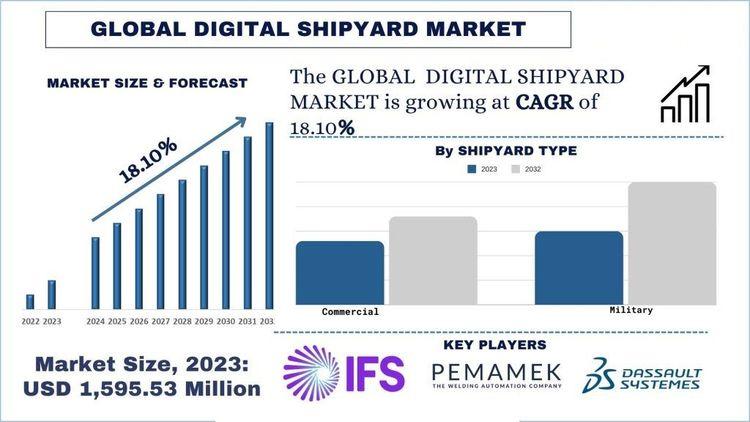Sponsor
Transport Routing in Logistics: Complete Guide

In today’s competitive supply chain environment, efficient transport routing in logistics is more critical than ever. Companies that fail to optimize their routes face higher operating costs, shipment delays, and reduced customer satisfaction.
One of the biggest factors influencing route planning is cost. The effect of transport costs on route selection directly shapes business profitability and overall logistics strategy. This article breaks down the importance of smart route planning, cost considerations, and practical steps for better decision-making.
Why Transport Routing in Logistics Matters
Route planning isn’t just about finding the shortest distance between two points. It’s a strategic decision that balances:
-
Operating costs
-
Delivery speed
-
Cargo safety
-
Environmental impact
-
Customer expectations
At Best Car Shipping Inc., we’ve seen how well-planned routes lead to reduced costs and smoother deliveries across the U.S.
Effect of Transport Costs on Route Selection
Transportation is often the largest expense in logistics, accounting for up to 50% of total supply chain costs. When businesses plan routes, they must carefully consider:
-
Fuel Costs: Rising fuel prices push companies to find more fuel-efficient paths.
-
Tolls and Fees: High toll routes may be faster but not always cost-effective.
-
Driver Wages: Longer routes increase labor expenses.
-
Maintenance Costs: Rough terrain or congested areas can lead to vehicle wear and higher repair bills.
-
Insurance Costs: High-risk routes may carry higher premiums.
Selecting a route is always a trade-off between cost and service quality.
Key Factors in Transport Routing
Geographic Conditions
Mountainous areas, harsh weather zones, or poorly maintained rural roads may slow down deliveries and raise fuel consumption.
Urban vs. Rural Routes
Urban areas offer better infrastructure but come with traffic congestion. Rural routes may be cheaper in tolls but slower in transit.
Distance vs. Time
A shorter route isn’t always the cheapest. Sometimes, a slightly longer but faster highway saves both fuel and wages.
Freight Type
Fragile or oversized cargo may require safer routes, even if they cost more.
Technology’s Role in Route Optimization
Modern logistics relies heavily on technology to optimize routes:
-
GPS & Telematics: Provide real-time traffic updates.
-
AI Algorithms: Suggest the most cost-efficient paths.
-
Data Analytics: Help forecast demand and delivery timelines.
-
Routing Software: Reduces human error and improves scheduling.
By adopting these tools, businesses minimize the negative effect of transport costs on route selection.
How Companies Reduce Transport Costs in Routing
Consolidation of Shipments
Combining multiple shipments into one truck reduces cost per unit.
Alternative Routes
Testing different paths to compare fuel efficiency and delivery time.
Strategic Terminals
Using logistics hubs or terminals to shorten last-mile delivery.
Seasonal Planning
Adapting routes during winter storms, hurricanes, or high-demand holidays.
Benefits of Optimized Transport Routing in Logistics
-
Cost Efficiency: Lower operational expenses through smarter routes.
-
Time Savings: Faster deliveries keep customers satisfied.
-
Sustainability: Less fuel usage reduces carbon emissions.
-
Reliability: Improved consistency builds trust in supply chain networks.
Challenges in Transport Routing
Even with the best planning, challenges arise:
-
Unpredictable Fuel Prices – Sudden increases impact profitability.
-
Traffic Congestion – Especially in metropolitan areas.
-
Regulatory Restrictions – Weight limits or hazardous material restrictions.
-
Natural Disasters – Floods, storms, and fires forcing route changes.
Transport Routing in Vehicle Logistics
For companies like Best Car Shipping Inc., route selection is critical when shipping vehicles across the country. By choosing cost-effective and safe routes, we:
-
Ensure timely deliveries.
-
Protect vehicles from unnecessary mileage.
-
Keep costs affordable for customers.
This is where balancing customer needs with the effect of transport costs on route selection becomes essential.
FAQ: Transport Routing in Logistics
1. What does transport routing in logistics mean?
It’s the process of choosing the most efficient and cost-effective paths for moving goods or vehicles across regions.
2. How do transport costs affect route selection?
High fuel prices, tolls, and labor expenses force companies to choose routes that minimize total costs while still meeting delivery deadlines.
3. What technologies help with route optimization?
AI-powered routing software, GPS tracking, and fleet management systems are widely used.
4. Can optimized routing reduce environmental impact?
Yes. By cutting unnecessary mileage, businesses save fuel and lower carbon emissions.
5. Is the cheapest route always the best option?
Not always. Sometimes faster or safer routes are worth the slightly higher cost to avoid delays and risks.
Conclusion
Efficient transport routing in logistics is the backbone of supply chain success. With rising fuel and labor costs, the effect of transport costs on route selection has never been more important. Companies must balance speed, cost, and reliability while embracing technology and flexibility.
At Best Car Shipping Inc., we apply these strategies every day to deliver vehicles safely, affordably, and on time. By optimizing routes, we help customers save money while ensuring stress-free transportation.





